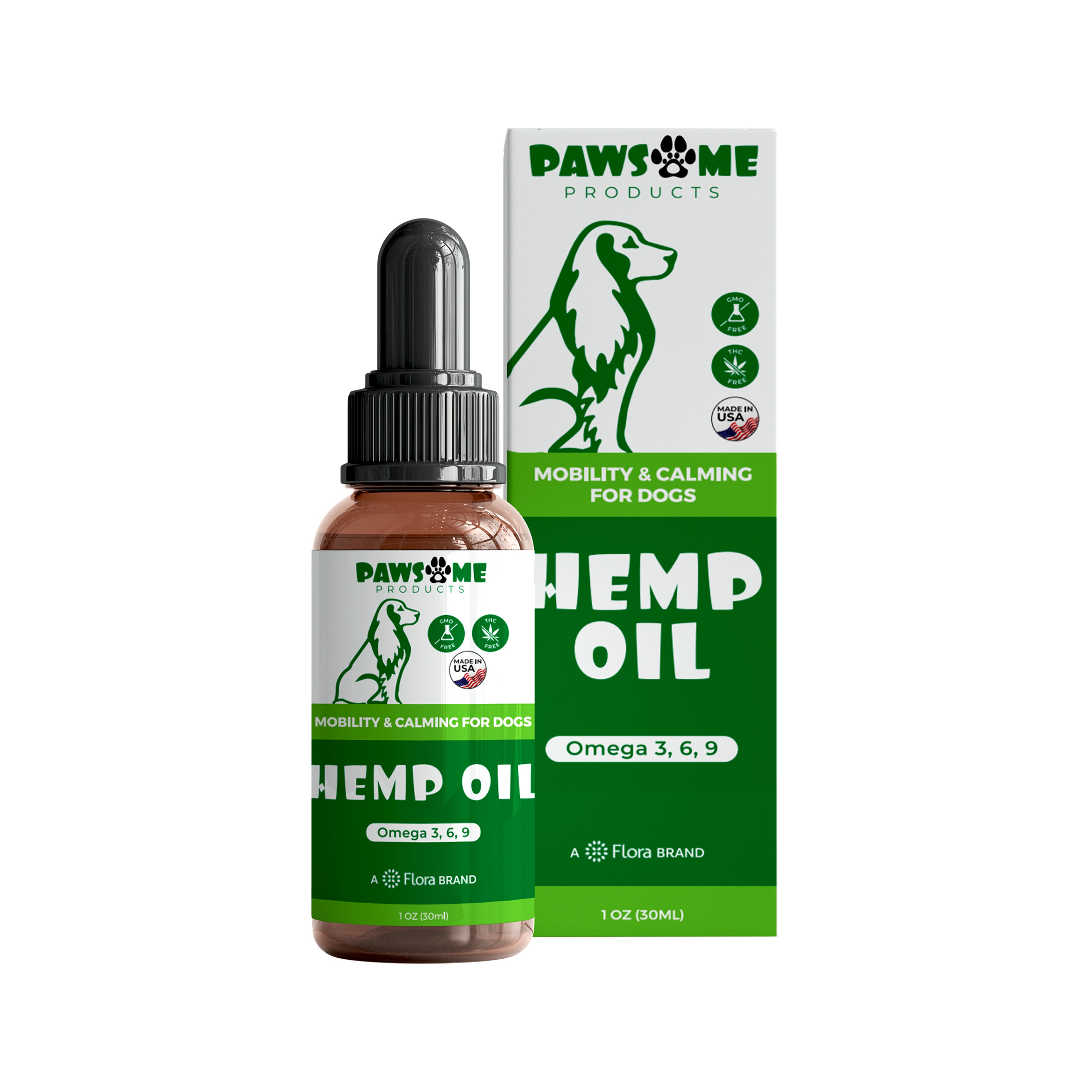While much attention has been given to the role of transportation with 27% and industrial sectors 24% in producing greenhouse gas emissions, the agricultural sector also plays a significant role with 11% in emitting Greenhouse gasses (GHG) emissions. We will explore the sources of GHG emissions from agriculture and the impact these emissions have on the environment.
What Are The Main GHG Emitters and What Do They Do?
We will talk about carbon dioxide (CO2), methane (CH4), and nitrous oxide (N2O). Carbon dioxide (CO2) is a colorless gas that is released during the combustion of fossil fuels like natural gas and petroleum products. Methane (CH4) is a potent greenhouse gas that is much more effective at trapping heat in the atmosphere than carbon dioxide. Nitrous oxide (N2O) is a powerful greenhouse gas that is released during the use of fertilizers and contributes to global warming.
Management of Agricultural Soils
The implementation of different farming techniques can boost the presence of nitrogen in agricultural soil, which in turn leads to the release of nitrous oxide (N2O) emissions. Management of agricultural soils is responsible for slightly more than half of the total greenhouse gas emissions in agriculture.
Livestock Production
Livestock, especially ruminants such as cattle, are known to produce methane as part of their natural digestive processes. This process, called enteric fermentation, contributes significantly to the greenhouse gas emissions from agriculture. In fact, according to the U.S. Environmental Protection Agency, it accounts for over a quarter (or more than 25%) of the sector's emissions.
As the world's population continues to grow, so does the demand for livestock products, which means that the production of methane from livestock is an important issue that needs to be addressed. Possible individual actions include incorporating more plant based meals into our diet or switching to lab grown meat. If you want to know more about the carbon footprint of different diets check Understanding The Carbon Footprint Of Your Diet. For more on lab grown meat, read this Revolutionizing The Food Industry: The Rise Of Lab Grown Meat.
Livestock Manure Management
Livestock manure is another significant contributor to greenhouse gas emissions in the agriculture sector. The way in which manure is treated and stored can greatly affect the production of both methane and nitrous oxide. Different methods of manure management can lead to varying amounts of these greenhouse gasses being released into the atmosphere. In the United States, manure management accounts for about 12% of the total greenhouse gas emissions from the agriculture sector.
Other Applications
There are several smaller sources of greenhouse gas emissions in the agricultural sector. These include carbon dioxide (CO2) emissions from liming and urea application, methane (CH4) emissions from rice cultivation, and CH4 and nitrous oxide (N2O) emissions from burning crop residues. While these sources may not contribute as much to the overall greenhouse gas emissions from agriculture as some of the other sources we've discussed, they are still important to consider when working towards a more sustainable agriculture system.
The agriculture sector's contribution to greenhouse gas emissions is a critical issue that requires attention. We must prioritize the implementation of sustainable farming practices and reduce our reliance on livestock products to mitigate the negative impact of agriculture on the environment.






































